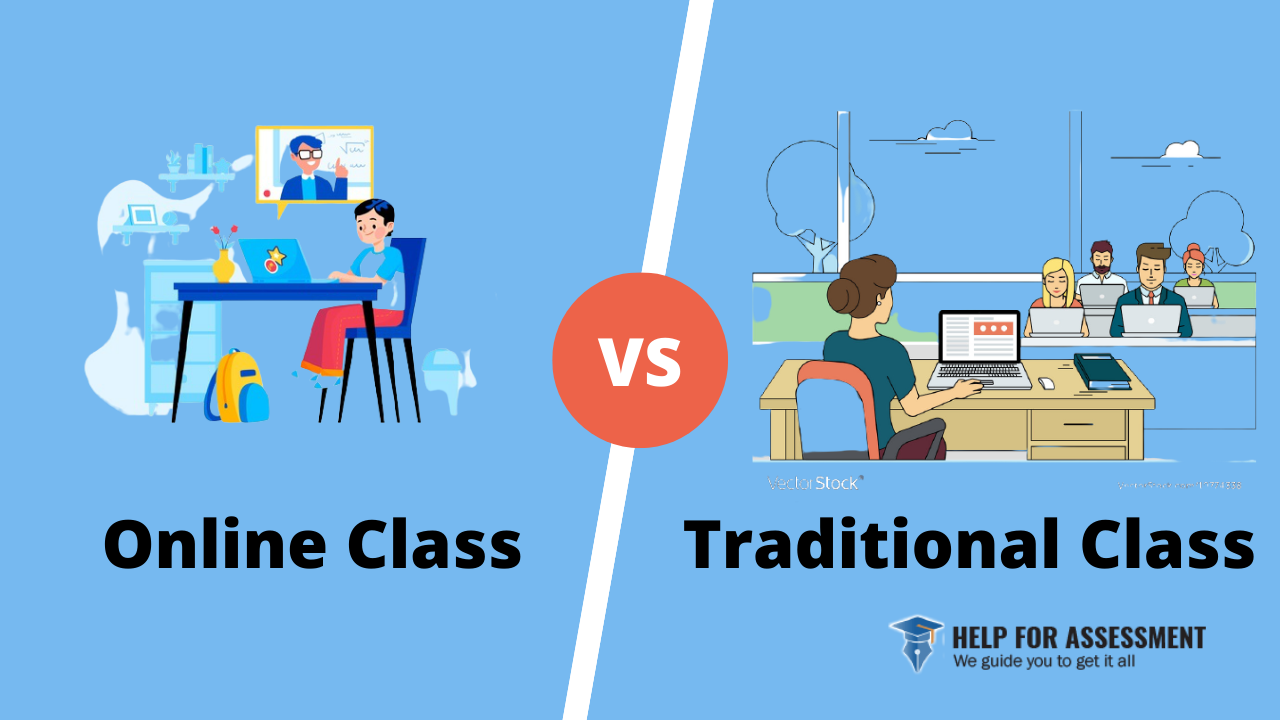In today’s rapidly evolving educational landscape, the debate between online learning and traditional classrooms has gained significant traction. As technology continues to reshape how we acquire knowledge, understanding the pros and cons of online learning versus traditional classrooms becomes essential for students, educators, and parents alike. This article delves into the advantages and disadvantages of both learning environments, providing insights that can help you make informed decisions about your educational journey.
Throughout this article, you will discover the unique benefits that online learning offers, such as flexibility and accessibility, which can cater to diverse learning styles and schedules. Conversely, we will also explore the strengths of traditional classrooms, including face-to-face interaction and structured learning environments that foster collaboration. By examining these aspects, you will gain a comprehensive understanding of how each approach can impact your educational experience.
As we navigate through the various facets of online learning and traditional classrooms, we encourage you to consider your personal learning preferences and goals. Whether you are a student contemplating your next steps or an educator seeking to enhance your teaching methods, this exploration will equip you with the knowledge needed to choose the right path. So, read on to uncover the essential insights that will guide you in the world of education!
In recent years, the debate between online learning and traditional classrooms has gained significant attention. Each mode of education has its unique advantages and disadvantages, making it essential to explore these aspects in detail.
Flexibility and Convenience
One of the most significant advantages of online learning is its flexibility. Students can access course materials and lectures at their convenience, allowing them to balance their studies with work or personal commitments. This flexibility is particularly beneficial for adult learners who may have other responsibilities, such as family or jobs.
In contrast, traditional classrooms require students to adhere to a fixed schedule. This can be challenging for those who have other obligations. However, the structured environment of a classroom can help some students stay focused and motivated, as they are less likely to procrastinate when attending scheduled classes.
Cost-Effectiveness
Online learning often proves to be more cost-effective than traditional education. Students can save on commuting costs, housing, and sometimes even tuition fees. Many online courses offer affordable options, making education more accessible to a broader audience.
On the other hand, traditional classrooms may involve additional expenses, such as textbooks, transportation, and campus fees. While some institutions offer financial aid, the overall cost can still be a barrier for many students. Thus, the financial aspect is a crucial consideration when choosing between the two modes of learning.
Learning Environment
The learning environment in online education can vary significantly. Some students thrive in a self-directed setting, while others may struggle without the direct interaction of a classroom. Online platforms often provide forums and discussion boards, but these may not replicate the immediacy of face-to-face communication.
In traditional classrooms, the physical presence of instructors and peers can enhance the learning experience. Students can engage in real-time discussions, ask questions, and receive immediate feedback. This interactive environment can foster a sense of community and collaboration that is sometimes lacking in online formats.
Access to Resources
Online learning provides students with access to a wealth of digital resources, including e-books, videos, and interactive tools. This abundance of materials can enhance the learning experience and cater to various learning styles. Additionally, students can often revisit lectures and resources at their own pace.
Conversely, traditional classrooms may offer limited resources, depending on the institution. However, students benefit from hands-on experiences, such as laboratory work or group projects, which can be more challenging to replicate in an online setting. The availability of resources is a critical factor in determining the effectiveness of each learning mode.
Self-Motivation and Discipline
Online learning requires a high level of self-motivation and discipline. Students must manage their time effectively and stay committed to their studies without the structure of a classroom. This independence can be empowering for some, but it may lead to challenges for those who struggle with time management.
In traditional classrooms, the structured schedule can help students stay accountable. Regular attendance and participation can foster a sense of responsibility. However, some students may find the rigid structure stifling, preferring the autonomy that online learning offers.
Technological Proficiency
Online learning necessitates a certain level of technological proficiency. Students must be comfortable using various digital tools and platforms to succeed in an online environment. This requirement can be a barrier for those who are less tech-savvy, potentially hindering their learning experience.
In contrast, traditional classrooms may provide a more familiar environment for students who prefer face-to-face interactions. However, as technology becomes increasingly integrated into education, even traditional classrooms are incorporating digital tools, making it essential for all students to develop some level of technological competence.
Social Interaction and Networking
Social interaction is a vital aspect of the educational experience. Traditional classrooms offer students the opportunity to build relationships with peers and instructors, fostering networking opportunities that can benefit their future careers.
Online learning, while providing some avenues for interaction through forums and group projects, may lack the depth of connection found in a physical classroom. This can lead to feelings of isolation for some students. However, online platforms often connect learners from diverse geographical locations, offering a unique networking experience that traditional classrooms may not provide.
Assessment and Feedback
Assessment methods differ significantly between online and traditional learning environments. Online courses often utilize quizzes, discussion posts, and projects to evaluate student performance. This variety can cater to different learning styles but may also lead to challenges in ensuring academic integrity.
In traditional classrooms, assessments typically include exams and in-person presentations, allowing for immediate feedback from instructors. This direct interaction can enhance the learning process, as students can clarify doubts and receive guidance in real-time. Understanding the assessment methods is crucial for students when choosing their preferred learning mode.
| Aspect | Online Learning | Traditional Classrooms |
|---|---|---|
| Flexibility | Offers flexible scheduling and location options. | Fixed schedule and location; less flexibility. |
| Accessibility | Accessible from anywhere with an internet connection. | Requires physical presence in a specific location. |
| Interaction | May lack face-to-face interaction; relies on digital communication. | Facilitates direct interaction with teachers and peers. |
| Learning Style | Caters to self-motivated learners; various multimedia resources available. | Structured environment; may benefit those who thrive on direct instruction. |
| Cost | Often more affordable; no commuting or housing costs. | Can be more expensive due to commuting, housing, and materials. |
| Technology Dependence | Requires reliable internet and technology; can be a barrier for some. | Less dependent on technology; traditional materials are often used. |
| Assessment | Utilizes online assessments; may include automated grading. | Traditional exams and assessments; often more personal feedback. |
| Social Skills Development | Limited opportunities for social interaction; may affect social skills. | Encourages social interaction and teamwork among students. |



